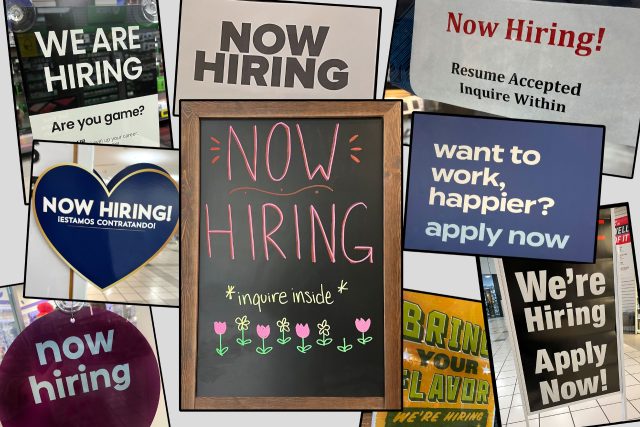The number of Americans filing for first-time state unemployment benefits climbed to the highest level since January, the latest sign that the labor market remains strong even as economic growth turns increasingly sluggish.
Initial jobless claims rose by 4,000 to 235,000 for the week ended July 2. This was slightly higher than economists had forecast.
While high in comparison to recent months, the initial claims figure is low by historical standards. During the pre-pandemic Trump era, which enjoyed a historically strong labor market, initial claims averaged around 230,000. In the post-Great Recession Obama administration years, claims averaged above 350,000 each week.
Despite headlines about layoffs, claims have not surged higher. The four-week average for claims, which smoothes out some of the week-to-week volatility, nudged up by 750 from the previous week, to 232,500.
The number of Americans receiving jobless benefits beyond the initial week rose by 51,000 to 1,375,000. Those figures are reported a week behind initial claims, so they cover the week ending June 25. Continuing claims have stayed near 50-year lows for months.
There are plenty of signs of softness in the economy. Inflation is forcing companies and households to cut back on purchases of goods and services. Consumer spending fell in real terms—meaning, after adjusting for inflation—in May and grew at a slower than expected pace of 1.8 percent in the first quarter. Manufacturers and service companies have reported declines in new business.
Yet employers continue to hire new workers and post job openings. There were 11.3 million job openings in May, according to data released this week, and 11.7 million the month before. Near record high numbers of workers are leaving jobs voluntarily, a sign that demand for workers is very high and workers are confident they can find better jobs.
It may be that the labor market will remain strong enough to pull other parts of the economy out of its doldrums, especially if wages catch up with inflation or start rising faster than prices. Alternatively, the slump in demand could undermine the labor market and lead employers to slow hiring and even dump workers.

COMMENTS
Please let us know if you're having issues with commenting.